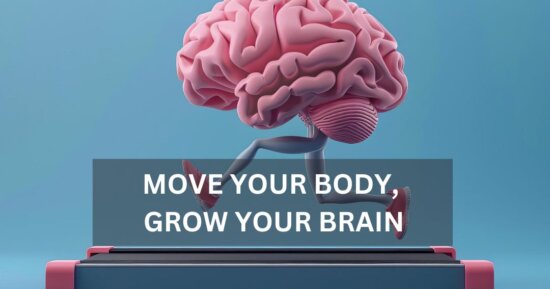Science
Cyrus A. Raji, Somayeh Meysami, Sam Hashemi, Saurabh Garg, Nasrin Akbari, Ahmed Gouda, Yosef Gavriel Chodakiewitz, Thanh Duc Nguyen, Kellyann Niotis, David A. Merrill, Rajpaul Attariwala
Background: The potential neuroprotective effects of regular physical activity on brain structure are unclear, despite links between activity and reduced dementia risk.
Objective: To investigate the relationships between regular moderate to vigorous physical activity and quantified brain volumes on magnetic resonance neuroimaging.
Methods: A total of 10,125 healthy participants underwent whole-body MRI scans, with brain sequences including isotropic MP-RAGE. Three deep learning models analyzed axial, sagittal, and coronal views from the scans. Moderate to vigorous physical activity, defined by activities increasing respiration and pulse rate for at least 10 continuous minutes, was modeled with brain volumes via partial correlations. Analyses adjusted for age, sex, and total intracranial volume, and a 5% Benjamini-Hochberg False Discovery Rate addressed multiple comparisons.
Results: Participant average age was 52.98 ± 13.04 years (range 18–97) and 52.3% were biologically male. Of these, 7,606 (75.1%) reported engaging in moderate or vigorous physical activity approximately 4.05 ± 3.43 days per week. Those with vigorous activity were slightly younger (p < 0.00001), and fewer women compared to men engaged in such activities (p = 3.76e-15). Adjusting for age, sex, body mass index, and multiple comparisons, increased days of moderate to vigorous activity correlated with larger normalized brain volumes in multiple regions including: total gray matter (Partial R = 0.05, p = 1.22e-7), white matter (Partial R = 0.06, p = 9.34e-11), hippocampus (Partial R = 0.05, p = 5.96e-7), and frontal, parietal, and occipital lobes (Partial R = 0.04, p ≤ 1.06e-5). Conclusions: Exercise-related physical activity is associated with increased brain volumes, indicating potential neuroprotective effects.












